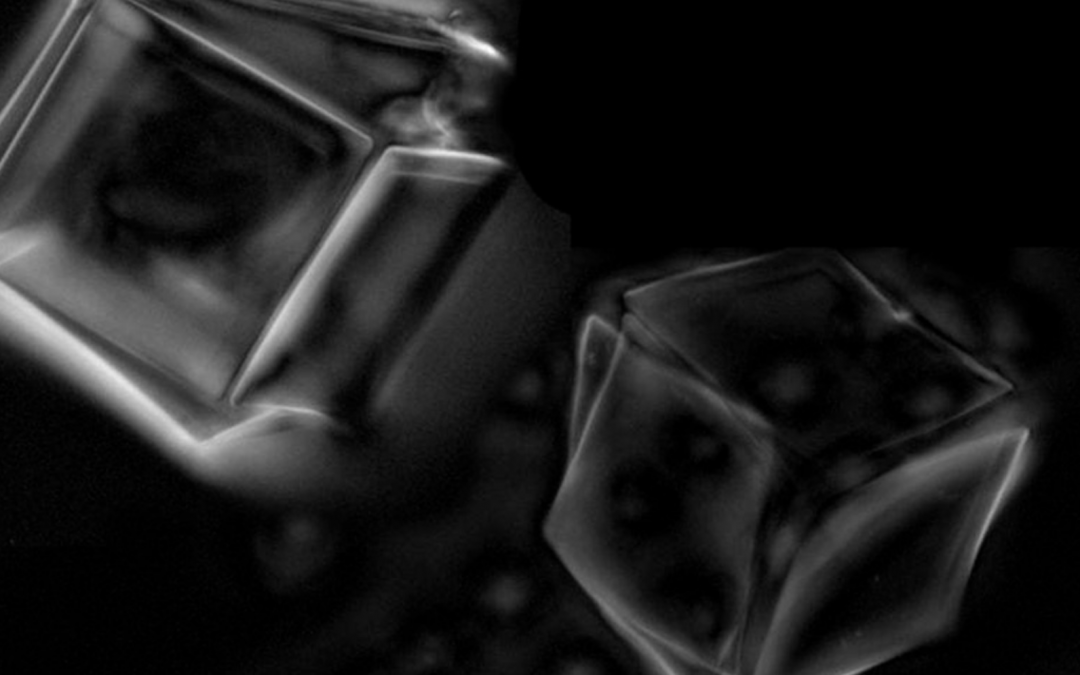A group of scientists at Cornell University has built a “robot” much smaller than a human neuron. This small electricity-conducting machine is sensitive to the environment and can change shape. The work was published in the journal Proceedings of the National Academy of Sciences.
Physicists Paul McEuen and Itai Cohen, led by postdoctoral researcher Marc Miskin, have created a kind of exoskeleton that can quickly change shape by detecting chemical or thermal changes in its environment. And, they say, they could become a powerful platform for robotics on the scale of the size of biological microorganisms.
“You could put the computational power of the Voyager spacecraft into an object the size of a cell,” Cohen said. “So, where are you going to explore?” Said the physicist about these microscale machines equipped with electronic, photonic and chemical charges.
“We’re trying to build what we might call an ‘exoskeleton’ for electronics,” said McEuen, professor of physical sciences John A. Newman and director of Cornell’s Kavli Institute for Science at Nanoscale. “At this time, you can make small computer chips that process a lot of information … but they do not know how to move or cause something to bend.”
Therefore, in his work entitled “Bimorphs for Autonomous Folding Machines Based on Graphene and the Size of a Micron”, the group of scientists manufactured machines that move using a motor called bimorph.
Small automatons called bimorphs
A bimorph is a set of two materials, in this case, graphene and glass, which is bent when driven by an external stimulus such as heat, a chemical reaction or an applied voltage.
The change in shape occurs because, in the case of heat, two materials with different thermal responses expand in different amounts over the same temperature change. They are like “muscles for small-scale machines,” said one of the researchers.
As a result, the bimorph is bent to relieve some of this tension, allowing one layer to stretch more than the other. By adding rigid flat panels that do not bend with the bimorphs, the researchers locate the bending to take place only in specific places, creating folds. With this concept, they can make a variety of folding structures ranging from tetrahedrons to cubes.
In the case of graphene and glass, bimorphs also fold in response to chemical stimuli by driving large ions into the glass, which causes it to expand. Typically, this chemical activity only occurs at the outer edge of the glass when it is immersed in water or another ionic liquid.
Since the bimorph developed by researchers is only a few nanometers thick, glass is basically the entire outer edge making it very reactive. “It’s a great trick,” says Miskin, “because it’s something you can only do with these nanoscale systems.”
The bimorph is built by accumulating atomic layers. Chemically thin layers of silicon dioxide are chemically “painted” on aluminum, and then a single atomic layer of graphene is transferred wet on top of the object. The result is the thinnest bimorph ever made.
Although collapsible structures of this size have already been built before, the version of this group has a clear advantage. “Our devices are compatible with semiconductor manufacturing,” said Cohen. “That’s what makes this compatible with our future vision of robotics on this scale,” he added.
And due to the relative strength of graphene, said Miskin, it can withstand the types of charges required for electronic applications. “If you want to build this electronic exoskeleton,” he said, “you need it to be able to produce enough force to transport the electronic components. We do that”.
As we have seen, graphene promises to be an almost miraculous material that will transport energy more efficiently, create lighter objects and that can soon begin to be manufactured in a massive way.
Source: nmas1.org











